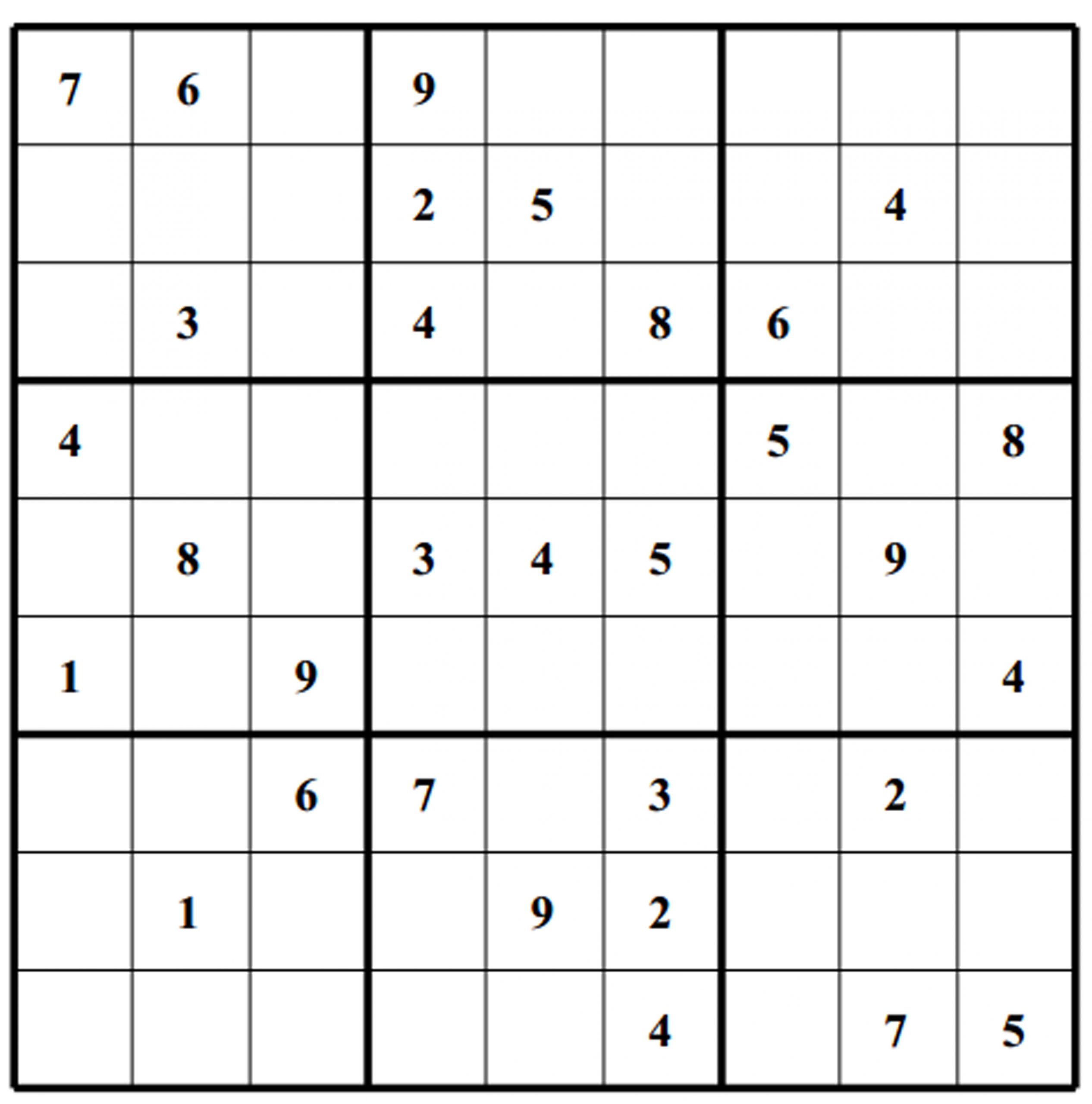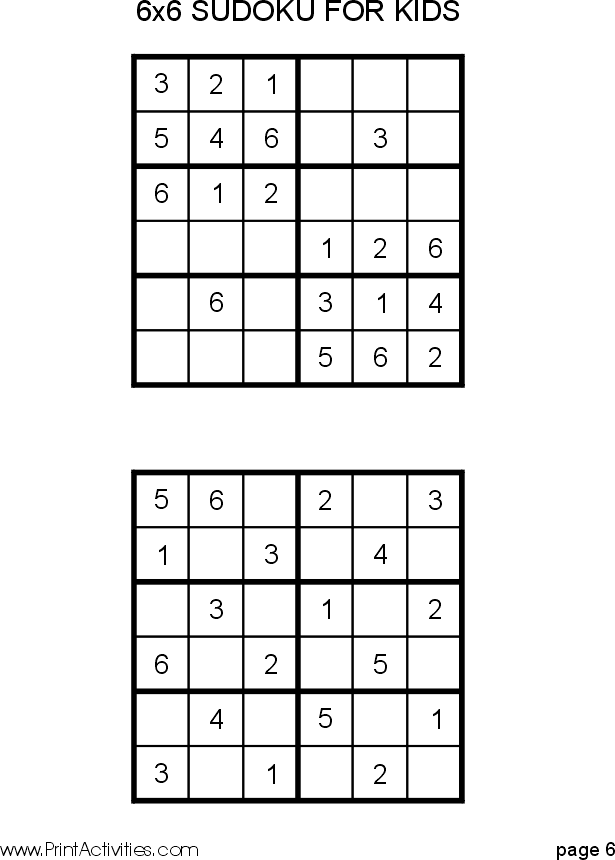

Some hobbyists have developed computer programs that will solve Sudoku puzzles using a backtracking algorithm, which is a type of brute force search. A Sudoku designed to work against the brute force algorithm. Each cell is tested for a valid number, moving "back" when there is a violation, and moving forward again until the puzzle is solved. Mathematical and Computational Algorithms Backtracking A Sudoku (top) being solved by backtracking. Although some niche communities also exist around trying to find the hardest possible puzzles.

In general, puzzle makers aim to strike a balance between challenging the player while maintaining the puzzle fun to solve.
Sudoku puzzle solver free trial#
Most published sudoku puzzles of varying difficulties are purposefully constructed to be solvable by a human with pencil and paper techniques, even though it is easier computationally to construct a puzzle without checking if it requires trial and error to solve. There are several computer algorithms that will solve 9×9 puzzles ( n=9) in fractions of a second, but combinatorial explosion occurs as n increases, creating limits to the properties of Sudokus that can be constructed, analyzed, and solved as n increases. Players and investigators use a wide range of techniques to solve Sudokus, study their properties, and make new puzzles, including finding ones with interesting symmetries or other properties. Proper Sudokus have only one unique solution. A Sudoku starts with some cells containing numbers ( clues), and the goal is to solve the remaining cells. Each cell may contain a number from 1 to 9, and each number can only occur once in each row, column, and box. Algorithms to complete a sudoku A typical Sudoku puzzleĪ standard Sudoku puzzle contains 81 cells in a 9×9 grid, further subdivided into 9 separate boxes of 3×3 cells each.


 0 kommentar(er)
0 kommentar(er)
